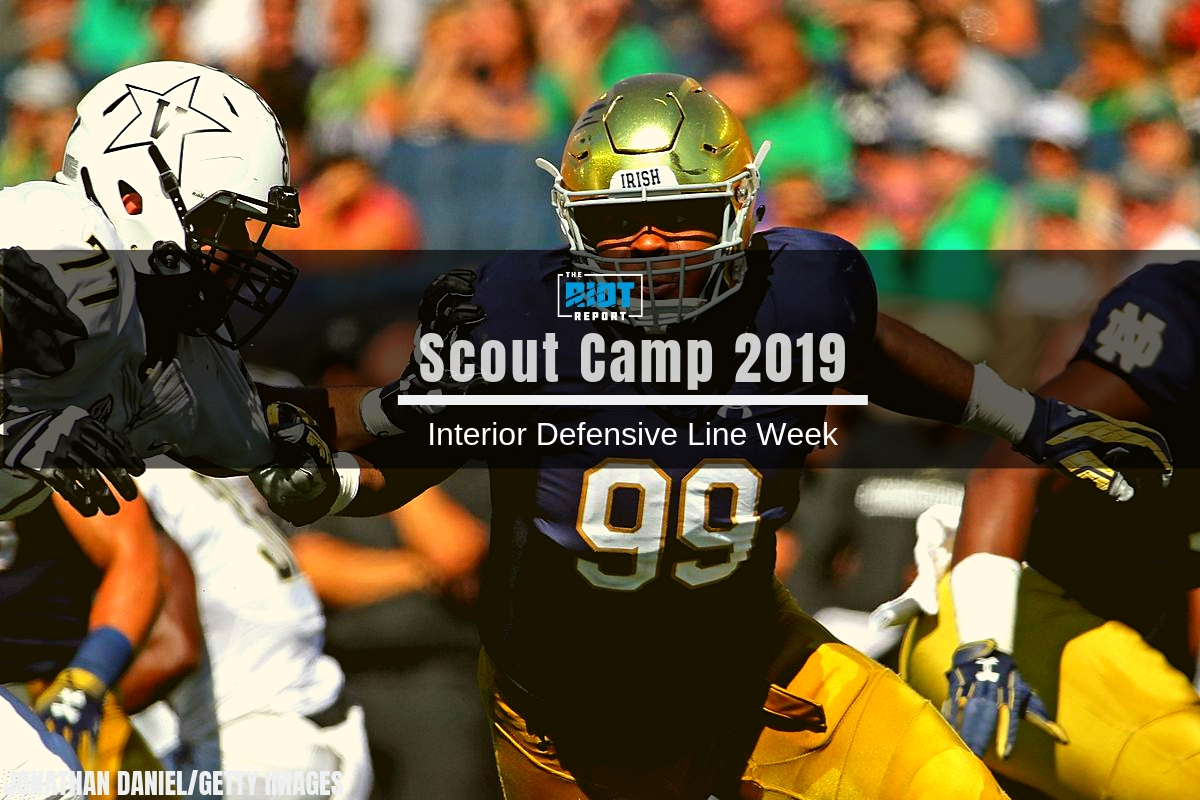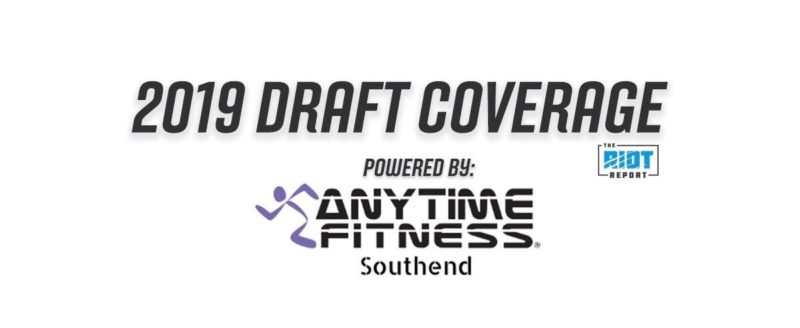Having already looked at the nose tackles in this year’s draft class, next we turn our attention to the 4-3 defensive tackles. Of course, some of these players may find themselves on 3-4 defenses when all is said and done, but these are players who, in my opinion, would be best suited to playing in a 4-3 defense as defensive tackles. Don’t know the difference? Check out the latest episode of The Great British Drafting Show for a full breakdown of who plays where, what the Panthers need and how they can get there – especially if they’re going to play more 3-4 fronts in 2019.
The Panthers don’t have a significant need in this regard, and while there is some chance that Kyle Love doesn’t return as a pending free agent, this is probably a need for the later rounds of the draft should it come to that. With that being said, what does the 2019 defensive tackle class have to offer?
Some Housekeeping
Before looking at the big board, it is probably worth examining what I look for in 4-3 defensive tackles. From an athletic standpoint, you want a player to show both the strength to hold up against the run and the quickness to create leverage issues for offensive linemen in both the rushing and passing games. Importantly, they also need the flexibility and core strength to play at a sensible pad level and to bend through gaps when necessary.
From a technique point of view, they’ll need to show the ability to time and locate their punches to prevent offensive linemen from being able to get inside hand placement. As run defenders, this often involves getting inside hand placement on a blocker and looking to drive the blocker upwards and off-balance, thereby making it easier for the defender to disengage to make the tackle. Playing in a 4-3, they will also likely be called upon to anchor at times – this is largely a matter of strength, pad level and awareness.
From a pass rushing point of view, the same general guidelines in terms of hand usage apply, but here there is a greater focus on hand speed, with the aim being to create a leverage advantage over the blocker. This is generally achieved either with quickness or by being able to get outside the frame of the blocker. To this end, players should show the ability to work their hands to get this outside purchase, with the most common example being a punch-and-swipe; for extra credit, players can demonstrate developed pass rushing counter-moves such as a swim or a spin.
As always, these evaluations are based on publicly available tape, with medical histories and off-field concerns not being taken into account.
Up Next: The Big Board




